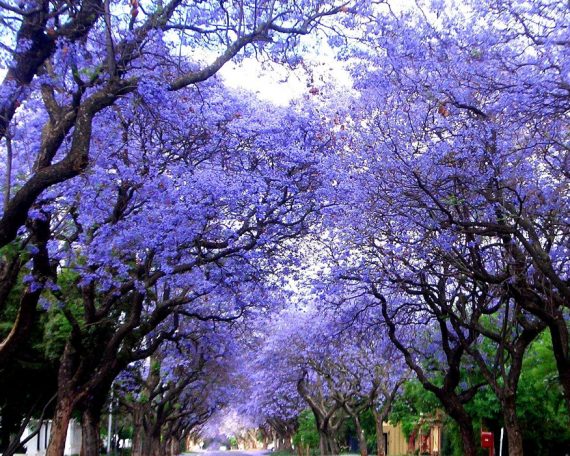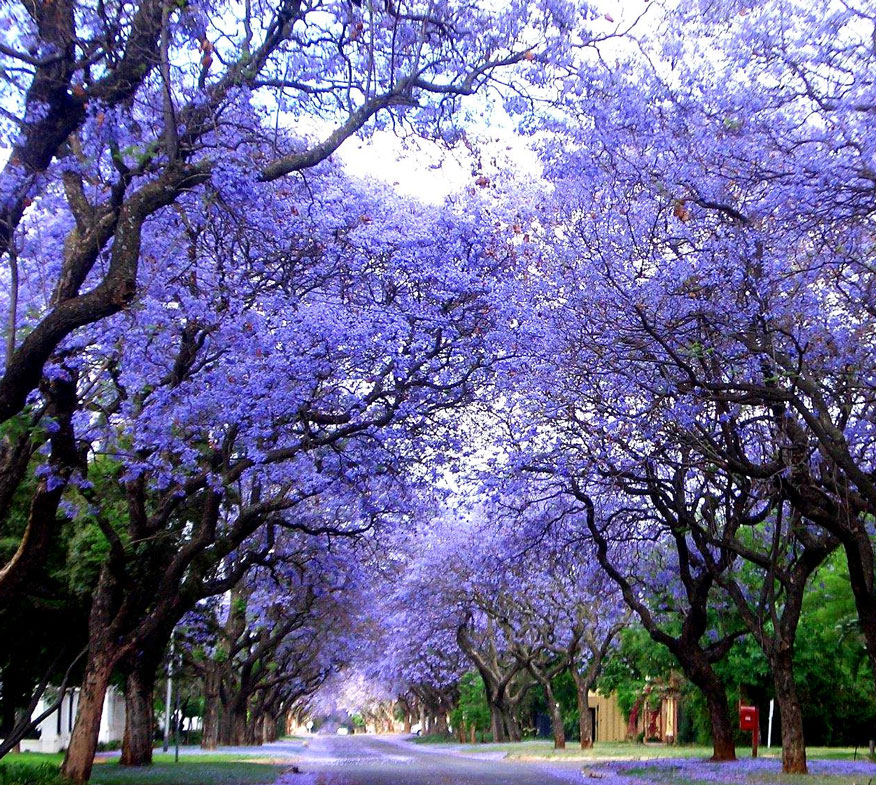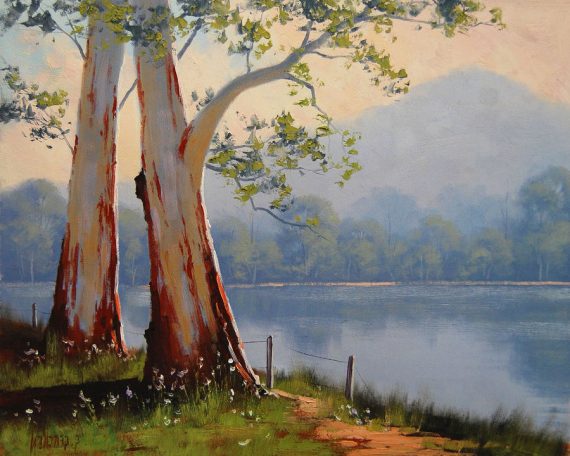Tree Species Profile – Palm
It is common for people to think of palms as fenny looking tropical shrubs with sharp spines. Perhaps it’s common to see people grow palms here and there especially for their foliage and general fresh nature that it brings along with. Having palms is thus both a good thing but could represent a few dangers here and there is not carefully approached. You don’t want to go around blundering into a palm filled field as there thorny nature is not very welcoming. In this article, you will get to learn a few things about palm trees in Australia.
Roystonea regia
Well, a most common type of palm tree in Australia is the Roystonea regia or rather Cuban royal palm that is found in most parts of Brisbane, Australia. Many people find it to be beautiful and very attractive to have in parks and even compounds. It is one of the tall palm tree types that you would just love walking through on a windy day. Having originated from the subtropical parts of Cuba, this palm tree is widely found all over the world. You will find it on many coastlines, but is equally grown deeper in the country.
Pruning of the tree as it grows
A common practice done on the tall varieties of palms is pruning. Pruning is ideally done to maintain and enhance proper growth. As with most plants, cutting of branches ensures that the trunks grow to full heights. The branches are thus cut down at different levels to avoid depriving it of food or even killing it. As will may arborists agree, palm tree pruning isn’t an easy task especially on species such as Zombia antillarum or Acrocomia aculeata that have spiny trunks and leaves all over. Additionally, incorrect pruning can also lead to death of the tree. You don’t want to cut of the buds as it kills off the tree or leads to stunted growth.
Dangers involved with palm tree growing
Well, as widely seen in this article, the scary thing about most palm species is there thorny leaves and trunks that make it very dangerous to work around. This is that case especially with the low or short trunk species that form bushes all over. Some grow spiny leaves at a young age to protect them from herbivores all over. While some species lose the spiny nature on growing up, other retain it making them difficult to climb on even in their adulthood. You have to also be careful when spending time under tall palm species as old branches can hit your head when they fall off. Their fruits can also cause injury if you are not careful when walking around such as coconuts.
Benefits of palm trees
Finally, the best part of palm trees is that they have lots of benefits that make people to grow them in many parts of the world. The spiny nature can be dangerous, but make them good for hedges and fences for the people who love beautiful compounds. Some fruits offered by certain species such as coconuts have made oil among other food products that are loved by scores around the world. It is generally just ice to have the palm trees in the environment.





